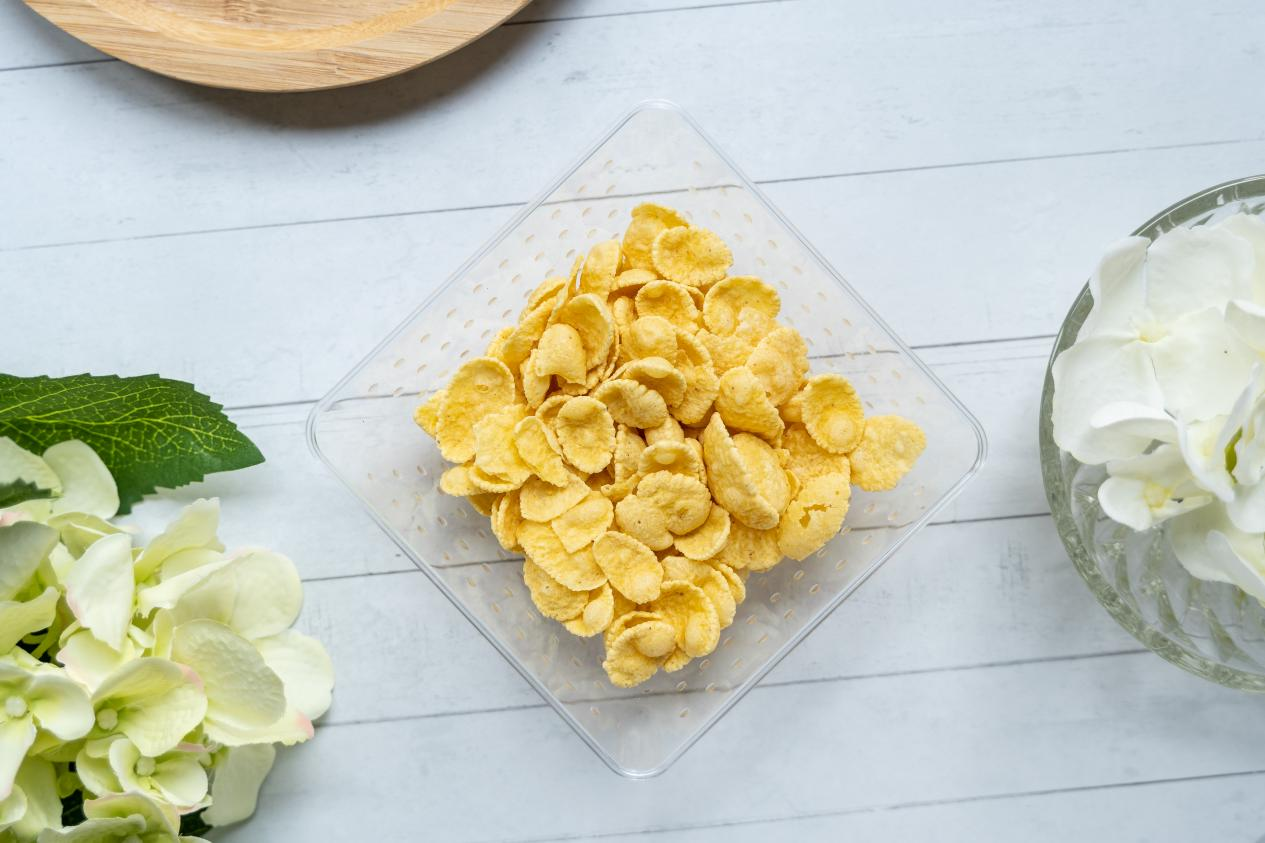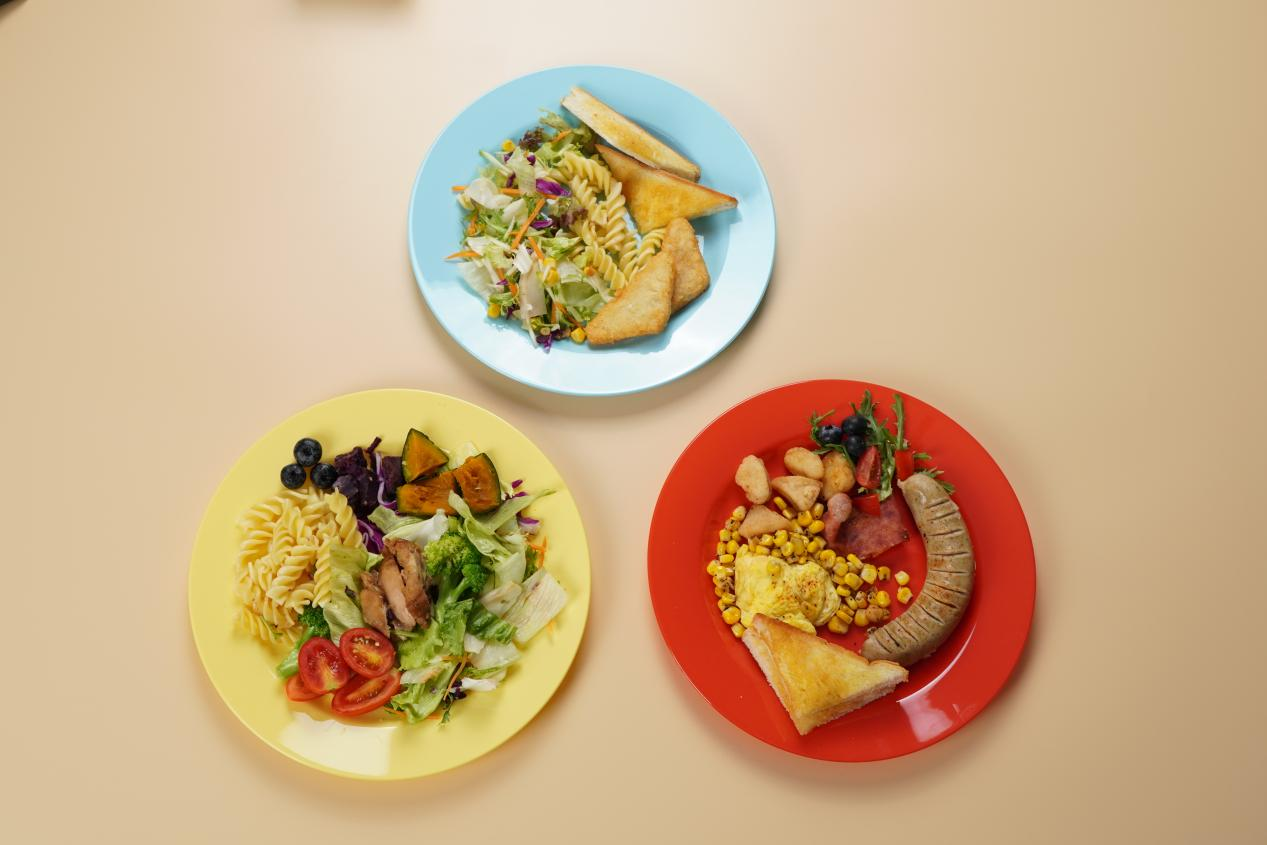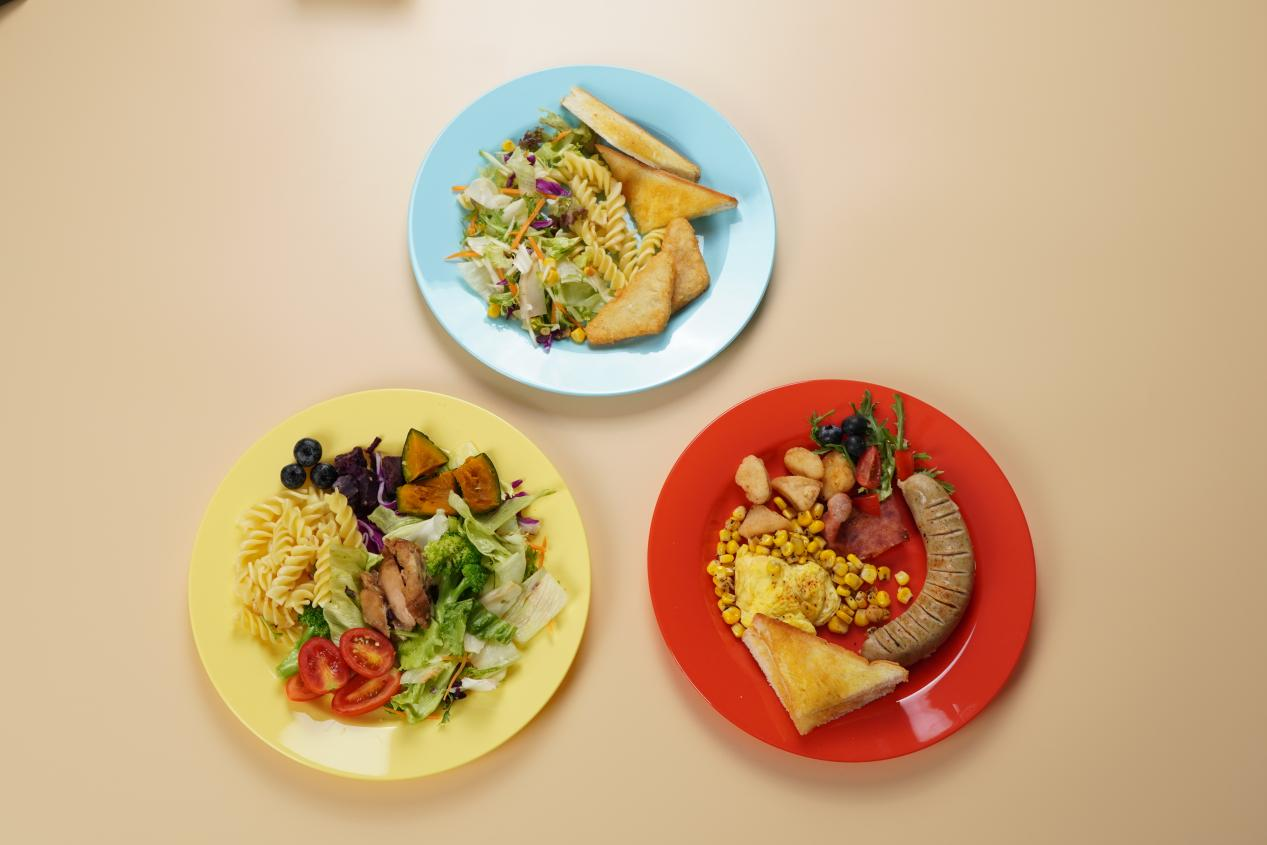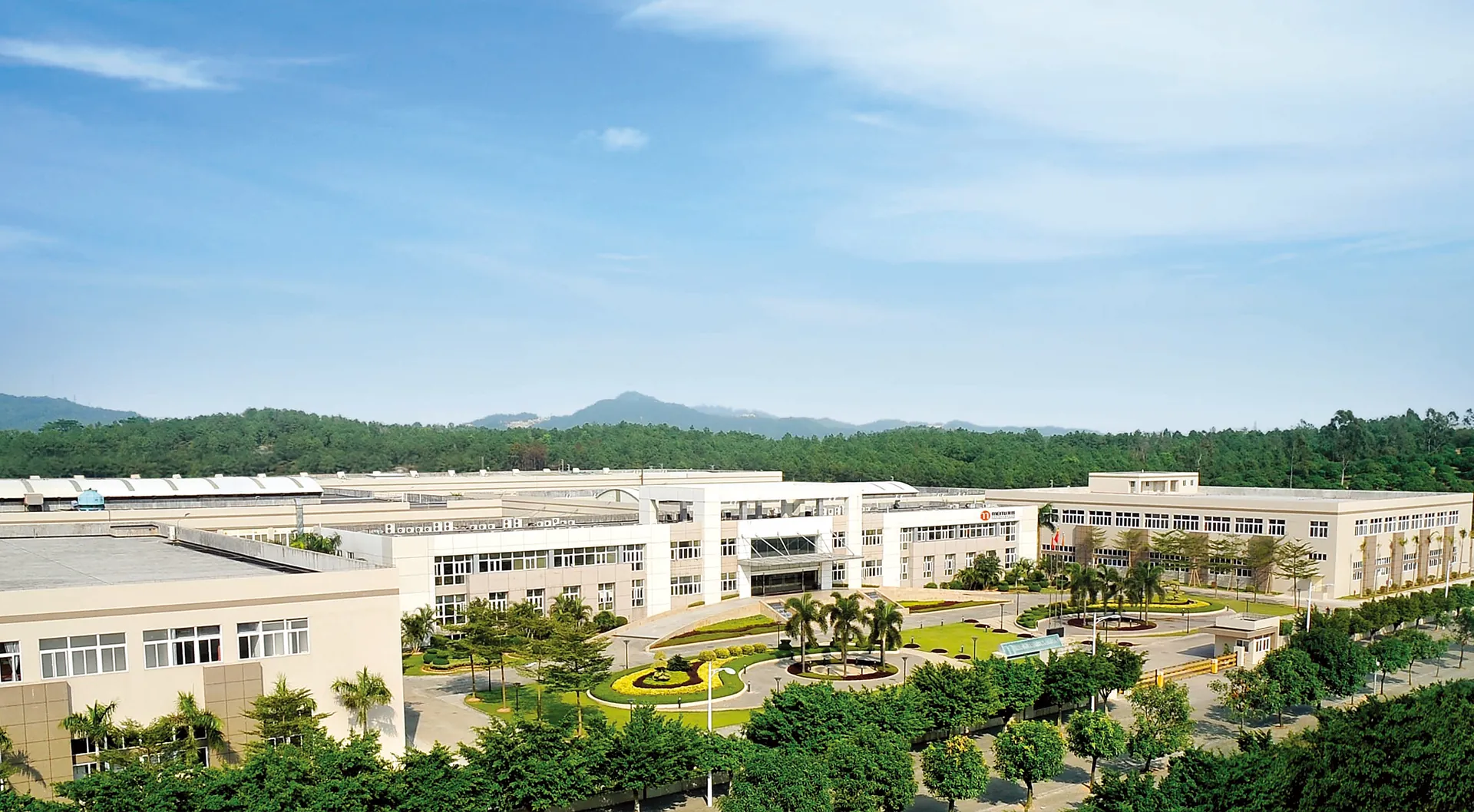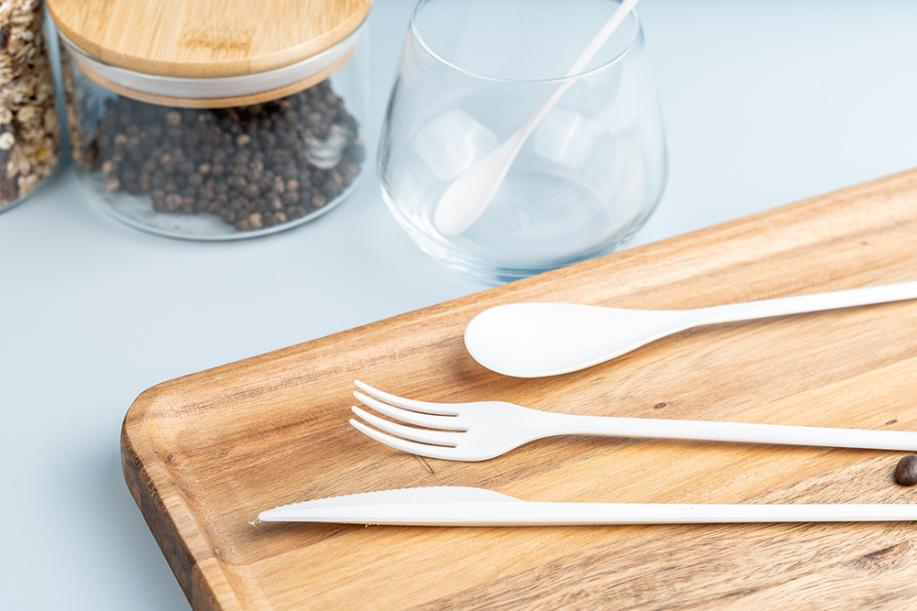Is PLA Truly Biodegradable? A Full Lifecycle Analysis
1. What is PLA?
PLA is a plant-based polymer derived from corn starch or sugarcane. Though discovered in 1932, it only gained widespread use recently due to growing environmental concerns.
Key Properties:
- Renewable raw materials (corn, sugarcane)
- Industrially compostable (under controlled conditions)
- Heat resistance: ~50-60°C (ideal for cold food packaging)
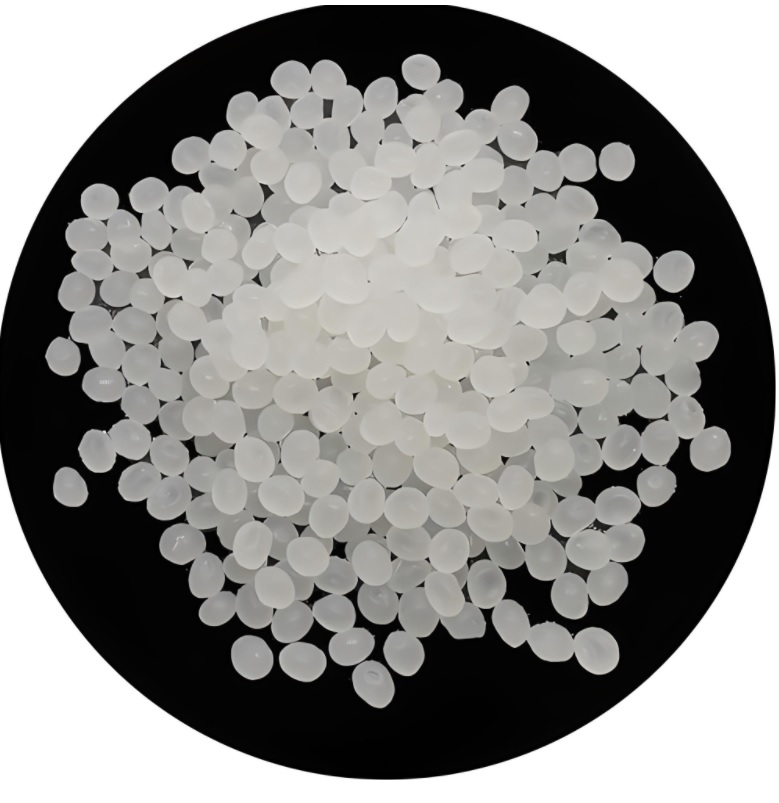
PLA Molecular Structure
2. How is PLA Produced?
PLA production involves two key steps:
- Lactic Acid Fermentation: Corn starch is fermented into lactic acid
- Polymerization: Lactic acid is processed into PLA pellets for manufacturing
The lactide ring-opening polymerization method is most common, reducing energy use while improving material performance.
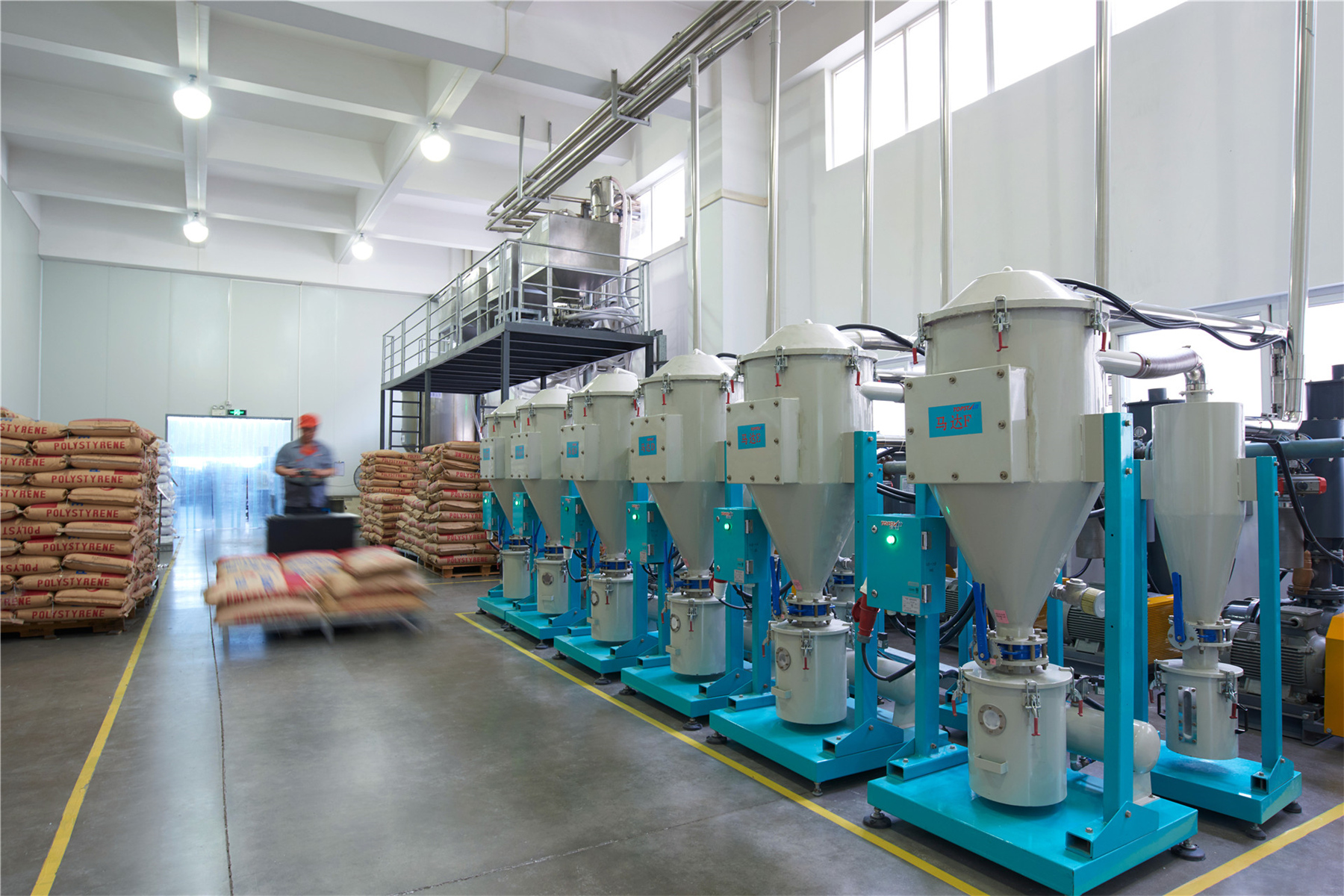
PLA Manufacturing Process
3. Is PLA Really Biodegradable?
PLA degrades efficiently only in industrial composting facilities (high heat + humidity + microbes). In natural environments, it may persist for decades.
✅ Industrial Composting
90% degradation within 60-90 days
❌ Landfills/Nature
Degrades as slowly as conventional plastics
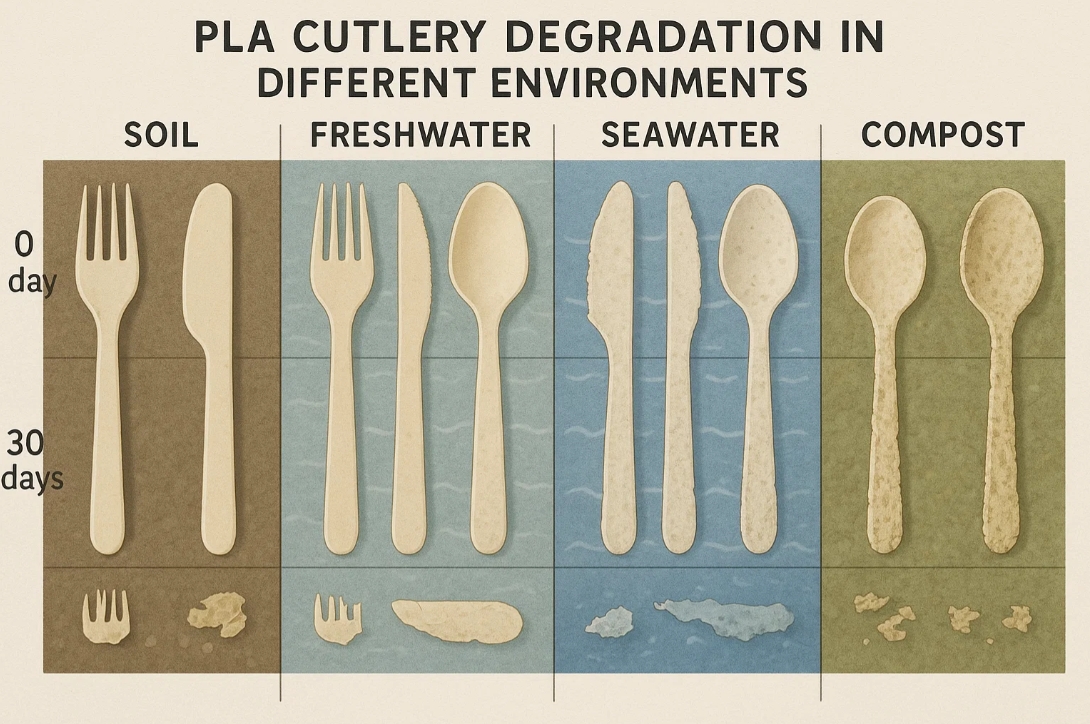
PLA Degradation in Different Environments
4. Common Uses of PLA
Food Packaging
Starbucks’ cold cup lids, salad containers
Medical Supplies
Absorbable sutures, bone scaffolds
3D Printing
Eco-friendly prototyping material
Agricultural Film
Reduces soil pollution
5. How to Use PLA Correctly?
- Choose BPI/DIN CERTCO-certified PLA products
- Ensure local industrial composting infrastructure
- Never mix with regular plastic waste
MEITU’s PLA Tableware meets global standards for compostability.
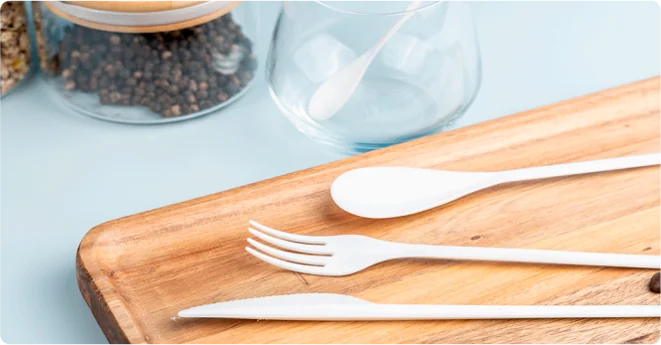
MEITU’s Certified PLA Cutlery
PLA is a promising eco-material, but proper disposal is key. Choose responsibly and join the fight against plastic pollution!


